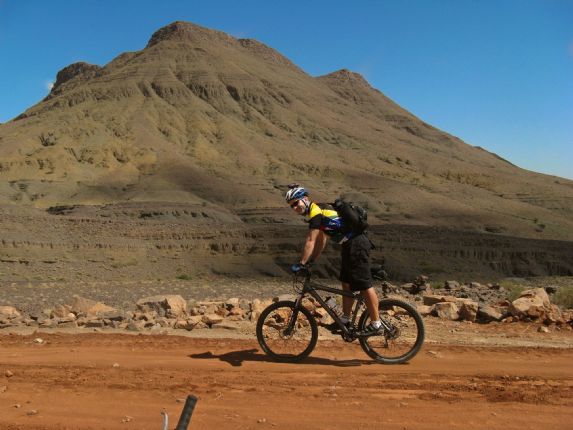HOLIDAY APPARTMENT FOR RENT IN SAIDIA, Morocco
The property is inside Mediterranean Saidia Urbanization. Apartment of 97 m2 with air condicioned, 2 bethrooms, 2 bathrooms and fully equiped kitchen. It has a terrace of 18m2 and a private garden (30 m2). There are two commun swiming pools, and big community gardens.
There are also 3 golf courses, a Marine and a commercial Medina with stores, restaurants, ...
ituado al noreste de Marruecos, en la costa Mediterránea, Saïdia es conocida como la perla azul de la costa mediterránea marroquí. Es un área con una gran belleza natural, y la ciudad es conocida por sus enormes y bellas playas de arena blanca. Saïdia tiene una gran tradición turística en la Costa Mediterránea de Marruecos. Las maravillosas playas situadas en la costa de Saïdia, hacen de Mediterrania Saïdia un lugar ideal para alquilar un apartamento o villa para sus vacaciones.
El complejo Mediterrania Saida ofrece un enclave estratégico para realizar distintas excursiones por el país. Melillia está solo a una hora y media en coche.
Mediterrania Saïdia está especialmente diseñado para los amantes del golf ya que actualmente cuenta con 1 campo de golf de 18 hoyos, El Palmeral que esta justo al lado de la urbanizacion AP6 donde esta ubicado el apartamento.
Su puerto deportivo es uno de los mas grandes y lujosos del Mar Mediterráneo.
También hay un área dentro del complejo que se compone de restaurantes, tiendas, bares, discotecas, bancos,…..
morocco culture,moroccan food,morocco food,moroccan cuisine,morocco beaches,moroccan meal,beaches in morocco,moroccan culture,hercules cave,hercules cave morocco







